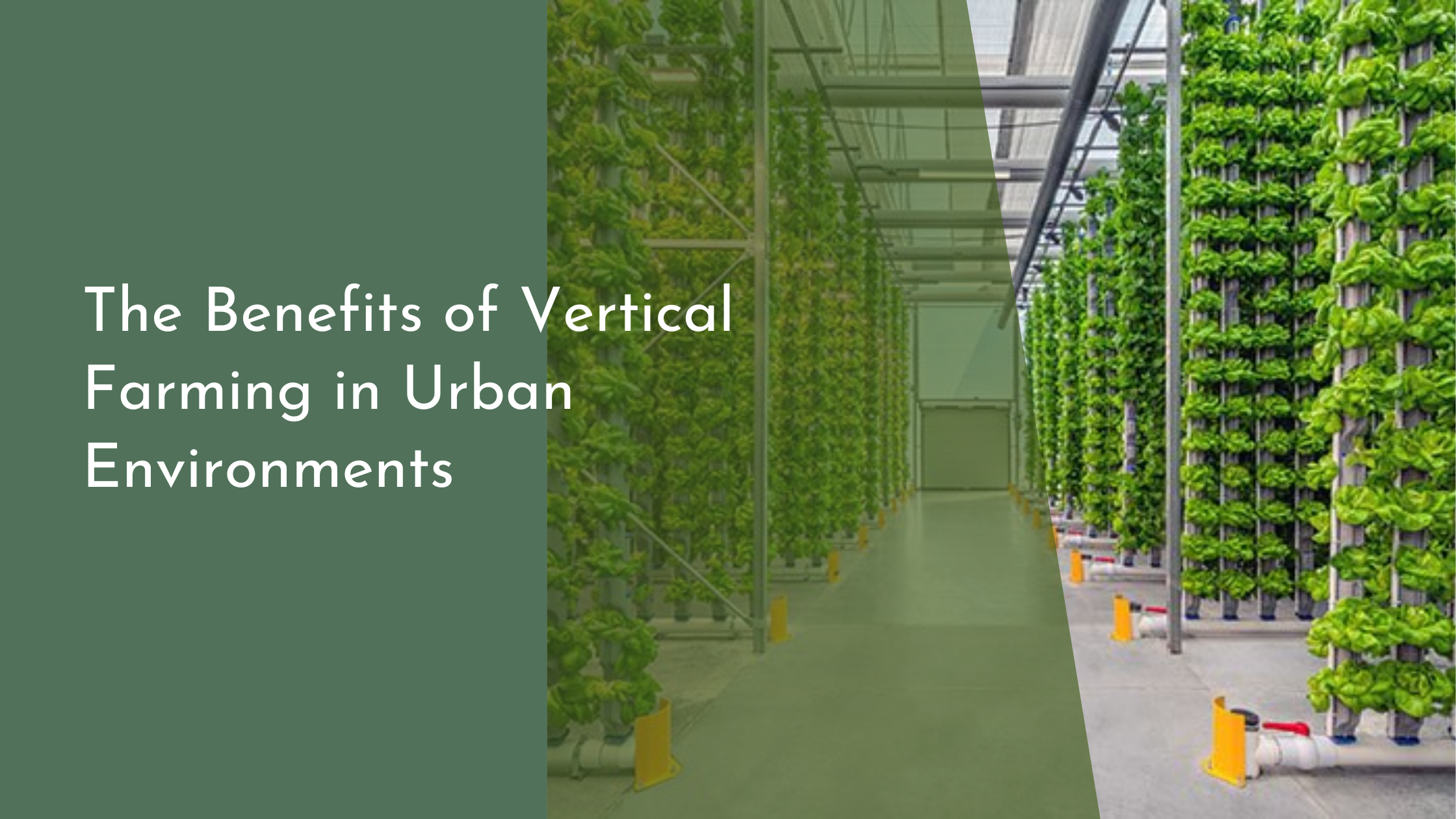The Benefits of Vertical Farming in Urban Environments
In the bustling heart of our modern cities, a quiet revolution is taking place. As urban populations swell and the need for sustainable living becomes more pressing, vertical farming is emerging as a beacon of hope. This innovative approach to agriculture promises not only to transform urban landscapes but also to address some of the most urgent environmental, economic, and social challenges. Let’s explore the burgeoning world of vertical farming and uncover the manifold benefits it brings to urban environments.
Introducing Vertical Farming to Urban Areas
Vertical farming is an agricultural method that involves growing crops in stacked layers, often integrated into other structures like skyscrapers, warehouses, or shipping containers. This concept leverages controlled-environment agriculture technology, allowing urban farms to produce food year-round while utilizing minimal land space. As cities continue to expand and traditional farmland becomes scarcer, vertical farming presents a viable solution to meet the demands of urban populations for fresh, locally-sourced food.
Incorporating vertical farms into urban settings not only increases food production but also brings agriculture closer to city dwellers. This proximity reduces the need for long-distance transportation, significantly cutting down on carbon emissions. Moreover, vertical farms can be established in underutilized spaces, such as rooftops or abandoned buildings, converting them into productive green spaces. This innovative approach not only optimizes land use but also integrates nature into the urban fabric, enhancing the overall aesthetic and livability of city environments.
Environmental Advantages of Urban Vertical Farms
One of the most notable environmental benefits of vertical farming is its potential to drastically reduce water usage. Conventional farming methods often require large quantities of water, with much of it lost to evaporation or runoff. In contrast, vertical farms utilize advanced hydroponic or aeroponic systems, which can cut water consumption by up to 95%. This conservation is critical in urban areas where water resources are often limited, enabling cities to maintain agricultural productivity without exacerbating water scarcity issues.
Additionally, vertical farming minimizes the use of pesticides and fertilizers, which are common pollutants in traditional farming practices. By growing crops in a controlled environment, vertical farms can prevent soil degradation and reduce the need for chemical inputs, leading to healthier produce and less environmental contamination. This sustainable approach not only supports biodiversity by reducing agricultural runoff but also promotes cleaner air and soil, contributing to the overall health of urban ecosystems.
Economic and Social Impacts of Vertical Farming
The economic implications of vertical farming in urban environments are profound. By producing food locally, these farms can reduce the costs associated with transportation and spoilage, leading to lower prices for consumers. Additionally, vertical farming can stimulate local economies by creating jobs in agriculture, technology, and logistics. As urban farms proliferate, they offer new opportunities for entrepreneurs and businesses to innovate and grow in the rapidly changing agricultural landscape.
Socially, vertical farming can enhance food security for urban populations by providing a consistent and reliable source of fresh produce. In many cities, access to affordable and nutritious food is a significant challenge, particularly in food deserts. By situating farms within city limits, vertical farming can improve access to healthy food options for all residents, thereby promoting better public health outcomes. Furthermore, these farms can serve as educational hubs, fostering community engagement and awareness about sustainable food production and consumption practices.
Conclusion: A Growing Trend for Greener Cities
As urban areas continue to evolve, the integration of vertical farming is becoming an essential component of sustainable city planning. This innovative approach not only addresses food security challenges but also enhances environmental resilience and economic vitality. By transforming underutilized urban spaces into productive agricultural hubs, vertical farming is paving the way for healthier, more livable cities of the future.
The rise of vertical farming in urban environments marks a pivotal shift towards more sustainable and resilient cities. By merging cutting-edge technology with age-old farming practices, vertical farms offer a promising solution to some of the most pressing challenges faced by modern urban centers. As we continue to embrace this green revolution, the prospect of thriving, self-sustaining cities comes ever closer to reality, heralding a brighter and more sustainable future for generations to come.

